PRint Awareness
Page Navigation
(Click to jump to section)
| Brief Explanation | Research | Clearly Identified Key Outcomes | Balanced Assessment Practices | Purposeful Instructional Strategies | Personalization of Learning |
Brief Explanation
The understanding that symbols have meaning and purpose; and that print is different from pictures.
Research
Exploration of Text
- As children listen to and look at books with parents, teachers, and older children, and as they begin to sit down and look at books on their own, they gain basic information about books about how books are made (with front and back covers, title pages, story pages, end papers, and spines), how books work, and how a book lets you know right up front what it is about and what distinguishes it from other books. This is a gradual learning process. Even when we give such things a name or try to explain [them] to children, we cannot assume that our verbal explanations have taught children to use their eyes to locate, recognize, or otherwise make use of such information (Clay, 2000, p. 7).
- Orienting a book for reading (front, back; top, bottom, right-side up) is a skill children learn from being read to often, examining pictures in books, looking at books on their own and with others, and seeing others read. Very young children who still need to have books held for them are aware of books as interesting objects to be touched, patted, jabbed at, and sometimes tasted. With regular reading sessions they learn to make page turning gestures, help turn the pages, then turn pages on their own. When they are mobile, they enjoy toting books from place to place, opening them up, turning the pages, often pausing to look at and comment, handing a book to a familiar reader and issuing the command, “Read!” The more experience they have with books and being read aloud to, the more opportunities they have to make sense of how books physically work. While learning about book orientation begins early, it takes a considerable time to master (Clay, 2000). However, by 1st grade, most children in this country understand this concept (Johns, 1980).
- The time young children spend reading pictures is well spent, since children who have reading difficulties also have picture naming difficulties (Snowling, von Wagendonk, & Stafford, 1988; Swan & Goswami, 1997; Wolf, 1991).
- While adults may occasionally point to the words as they read aloud, children construct an understanding of how text flows from one word to the next as they become writers and readers themselves (Ehri & Sweet, 1991: Ehri & Robbins, 1992) and develop a feel for the movement of text, a concept that is not dependent on hand preference or verbal concepts of left and right (Clay, 2000).
- Students who enter grade one with strong print awareness skills have a real advantage in learning to read (Trehearne, 2000). “Print Awareness includes the understandings that print is meaningful (ie conveys a message,) serves many functions, and varies in organization in relation to function (ie ., a restaurant menu differs from a storybook or a letter to a friend)” (Pearson et al., 1984, p. 115). There are three levels of print awareness identified which show a shift from physical context to use of print skills. In the earliest level of awareness, children depend entirely on clues from the physical context of familiar print and cannot read print removed from these settings. In the second level, visual recognition, children can read some words isolated from the context. The third level is the letter-sound analysis (words are read by sounding out). Moving from lower to higher levels of print awareness requires letter name knowledge, phonemic awareness, insight of the alphabetic principle, and print conventions. (Pearson et al., 1984, p. 116).
- Print awareness is the understanding that print carries meaning and that reading and writing are used for a variety of purposes (Clay, 2000). One of the first signs of emerging literacy in young children is the recognition of the print in the world around them (Jamison Rog, 2011, p. 36). Literacy-rich classrooms are filled with print: books, charts, posters, signs, word wall, labels, and other print display (Jamison Rog, 2011, p. 36).
- An assessment of emergent literacy print concepts should include:
- Book orientation knowledge
- Understanding of principles involving the directional arrangement of print on the page
- The knowledge that print, not picture, contains the story
- Understanding of important reading terminology such as word, letter, beginning of sentence, and top of page
- Understanding of simple punctuation marks
- Trehearne (2000) contends that print awareness includes concepts about books, concepts about print, and attitudes toward reading and writing.
- Clay (2006) has identified three types of concepts about print: book-orientation concepts, directionality concepts, and letter and word concepts.




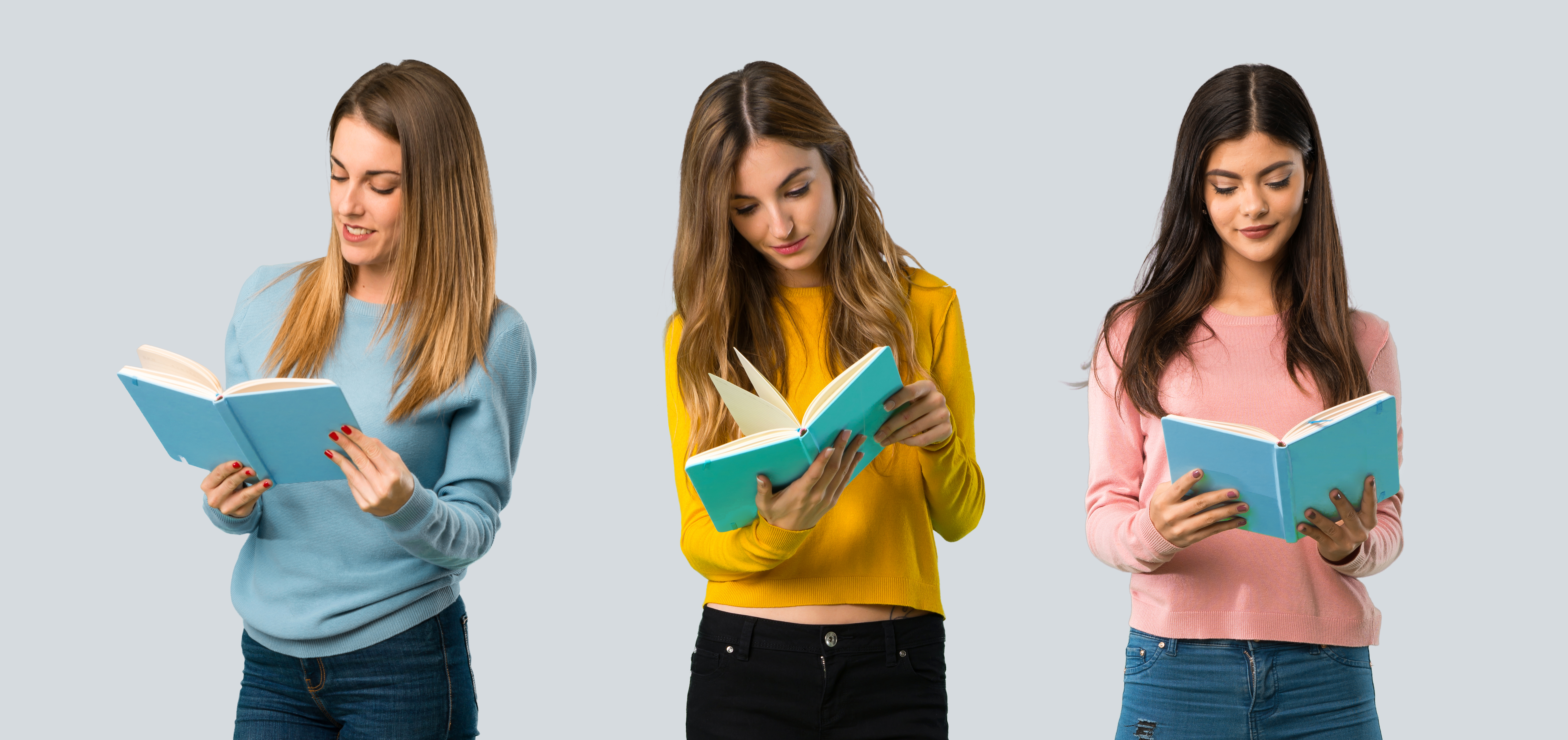
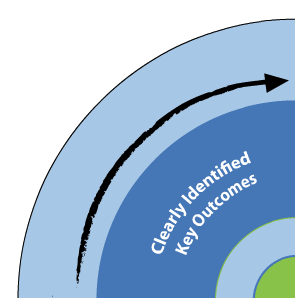
Clearly Identified Key Outcomes
Use your programs of study for curriculum outcomes related to print awareness.
Please refer to CESD’s Essential Outcomes work if you are using the previous Alberta Curriculum (Grade 7+).
Here is the New Alberta ELAL Curriculum, from the New Learn Alberta website, laid out like a scope and sequence.
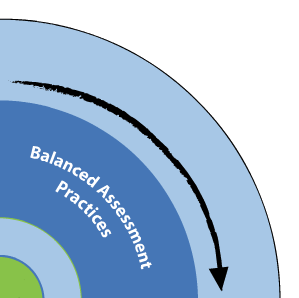
Balanced Assessment Practices
- Teacher observation to determine which concepts are understood and which require further instruction.
- Observation checklists of print awareness concepts are available. Examples include the following:
- Reading Rockets:
- Concepts of Print – Directions
- Concepts of Print
- Reading Rockets:
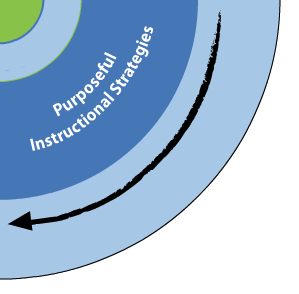
Purposeful Instructional Strategies
PRE
- Make sharing books part of every day
- Let children experiment with books – have many books and texts available for students to explore
- Show covers of books and talk about them
- Create a literacy rich environment filled with print.
- Generate interest in print – pointing it out, generating mystery and intrigue around print, demonstrating enthusiasm, etc.
DURING
- Run your finger along the words as you read them, from left to right (tracking)
- Stop while reading and talk about text features and text connections with pictures
- Opportunities to hear books and participate in read aloud activities.
- Instruction focusing on how print works
- Using big books to demonstrate or explicitly teach concepts about print.
- Involve students in initiating and generating labels for important items in the classroom.
- Explicitly teach print conventions such as print directionality, word boundaries, capitals, end punctuation, book awareness (left to right progression, top to bottom, concept of word) and book handling.
- Using reading and writing materials in literacy play centers: incorporating print into dramatic play (for example: menus in the restaurant centre, letters and writing in the mail centre, etc.)
- Exchanging messages with others (notes to classmates/peers)
- Reading and writing stories together.
- Drawing and writing in a journal
- Labelling the classroom
- Student names
- Explicitly teach front, back, title, word, directionality of print.
- Clap each word in a sentence.
- Track to show a child that reading goes from left-to-right.
POST
- Let children tell you the story (read you the book) from memory
- Have students make books and write/illustrate stories
- Teacher observation to determine which concepts students understand. See list in assessment section.
RESOURCES TO SUPPORT OVERALL DEVELOPMENT
- Extensive Classroom Library
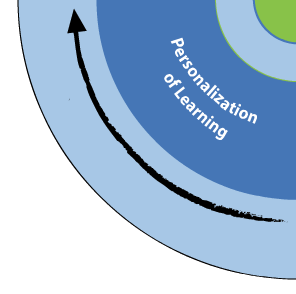
Personalization of Learning
- Choose books that are relevant to the student
- Wordless picture books
- Encouraging students to explore different types of text genres and formats
- Information from informal teacher observations or formal observation checklists is used to personalize print awareness instruction.